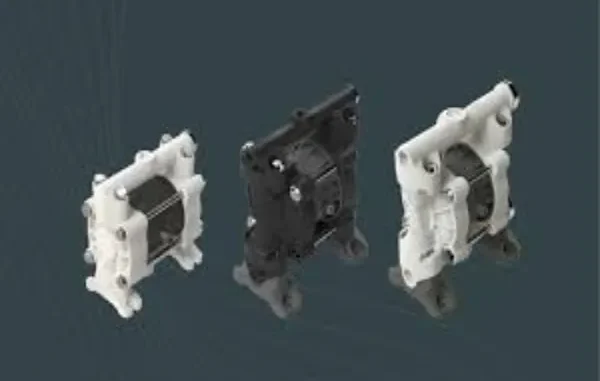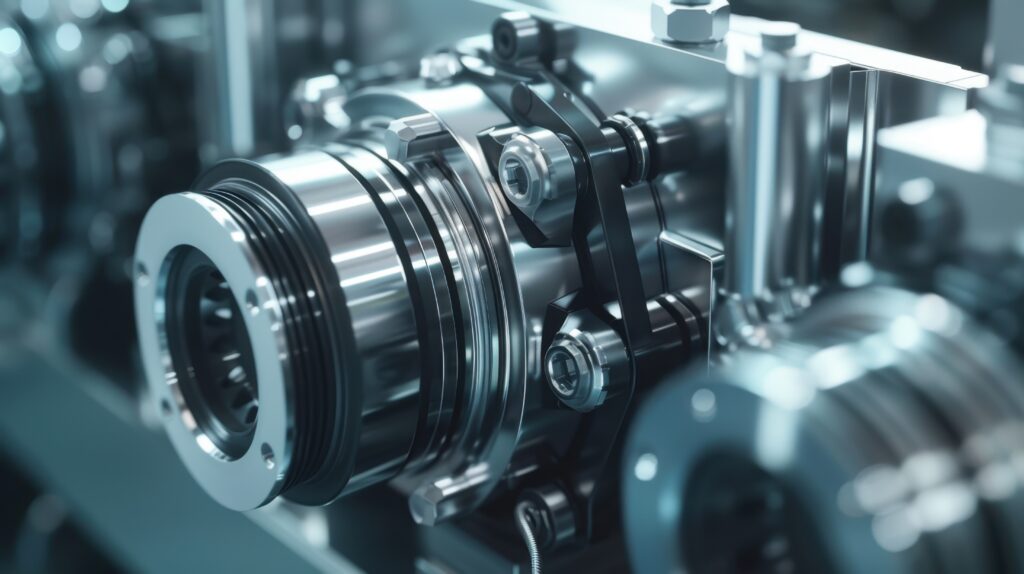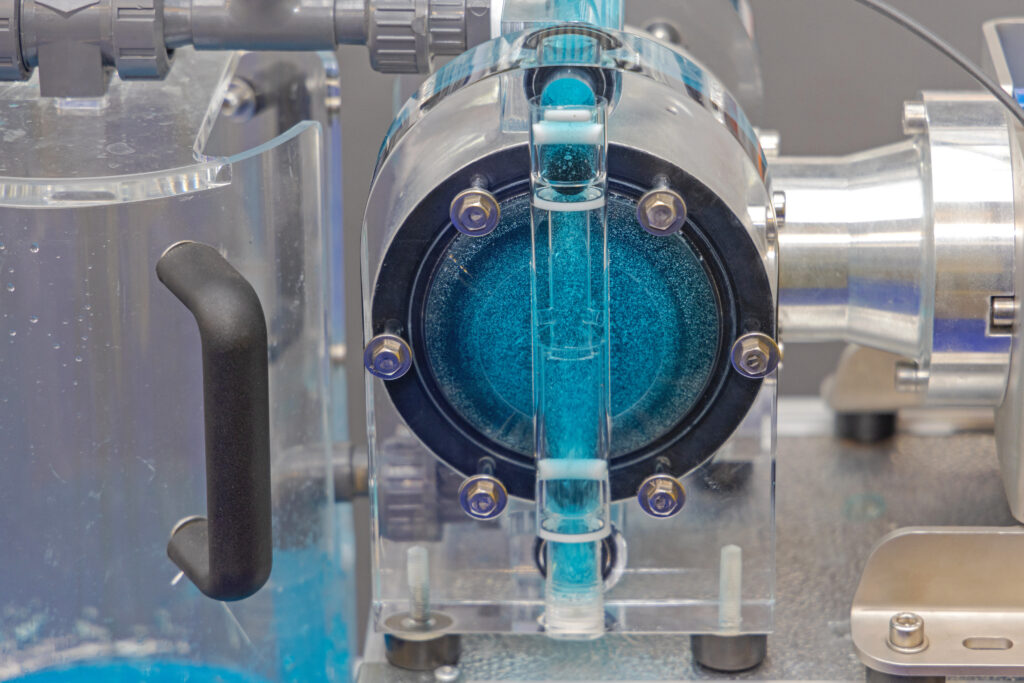

Laboratory environments demand precision, reliability, and safety when it comes to fluid handling equipment. Among the various pumping solutions available, diaphragm pumps have emerged as workhorses in countless research facilities, offering unique advantages that make them particularly well-suited for demanding applications.
Understanding how these versatile devices operate can help laboratory professionals make informed decisions about their fluid transfer needs.
The Foundation of Diaphragm Pump Technology
At its core, a diaphragm pump functions as a positive displacement pump, meaning it moves a fixed volume of fluid with each cycle regardless of the system’s discharge pressure. This characteristic sets it apart from centrifugal pumps, which can see their flow rates fluctuate based on back pressure conditions.
The heart of any diaphragm pump lies in its flexible membrane, typically an elastomeric diaphragm that serves as the primary moving component. This membrane separates the pumping chamber from the drive mechanism, creating a sealed environment that prevents contamination between the pumped fluid and the operating mechanism. For laboratory applications where sample purity is paramount, this separation becomes critically important.
What makes diaphragm pumps particularly attractive for laboratory use is their ability to handle a diverse range of fluids. From viscous liquids that would challenge other pump types to chemically aggressive solutions that require specialized wetted materials, these pumps demonstrate remarkable versatility.
Websites like knf.com/en/us, among others, specialize in providing high-quality diaphragm pumps specifically designed for laboratory and industrial applications, offering solutions that meet stringent performance requirements.
Air-Operated Double Diaphragm (AODD) Systems
Perhaps the most common type found in laboratories is the air-operated double diaphragm pump, often abbreviated as AODD pumps. These pneumatically operated devices use compressed air as their power source, eliminating the need for electrical connections in potentially hazardous environments.
The genius of AODD pump design lies in its reciprocating action. Two diaphragms are connected by a common shaft, and as compressed air pushes one diaphragm outward, it simultaneously pulls the other inward. This creates alternating suction and discharge cycles in the two fluid chambers, resulting in a continuous flow of liquid through the system.
The air distribution valve plays a crucial role in this operation, automatically switching the compressed air supply between the two sides of the pump. When one chamber reaches the end of its stroke, the pneumatic valve redirects the air flow, initiating the opposite stroke. This self-regulating mechanism ensures consistent pumping action without requiring external controls.
The Pumping Cycle Explained
To truly understand how diaphragm pumps operate, it helps to follow the fluid path through a complete cycle. The process begins when the elastomeric diaphragm flexes outward, creating negative pressure in one of the fluid chambers. This suction draws liquid through the inlet port and past the inlet check valve.
Meanwhile, the opposite chamber simultaneously experiences its discharge phase. As its diaphragm flexes inward, it pressurizes the fluid, forcing it past the discharge valve and into the outlet piping. The check valves, often called non-return valves, prevent backflow, ensuring fluid moves in only one direction through the system.
This double-acting pump design means that while one side is filling, the other is emptying, creating a more consistent flow compared to single-acting pump alternatives. The result is smoother operation with reduced pulsation, which can be particularly important when handling delicate samples or when consistent flow rates are critical.
Advantages in Laboratory Applications
The leak-tight pump design of diaphragm systems offers significant safety benefits in laboratory settings. Since the pumped fluid never comes into contact with the drive mechanism, there’s minimal risk of contamination or hazardous material exposure.
This makes them ideal for chemical processing applications, water treatment systems, and food and beverage processing where hygiene is essential.
Another compelling advantage is their ability to run dry without damage. Unlike centrifugal pumps that require constant liquid lubrication, diaphragm pumps can operate even when their suction lines are temporarily empty. This self-priming installation capability reduces the risk of equipment damage and minimizes downtime.
The pumping speed and discharge pressure characteristics of diaphragm pumps also make them suitable for a wide range of laboratory applications. From gentle transfer of sensitive biological samples to moving abrasive sludges in analytical testing, these pumps adapt to varying demands.
This modern technology’s ability to handle everything from paint transfer to ink, glue, solvent, and adhesive transfer demonstrates their remarkable versatility.

Material Considerations and Customization
Laboratory environments often involve corrosive chemicals or require specific material compatibility. Diaphragm pumps can be constructed with various wetted materials, from stainless steel for general chemical resistance to specialized polymers for specific applications. The central body, diaphragms, and valve components can all be selected based on the intended use.
For applications involving particularly aggressive chemicals, non-metallic air-operated double diaphragm pumps offer superior chemical resistance. Cast iron housings provide durability for industrial applications, while specialized coatings can enhance performance in specific environments.
Comparison with Alternative Technologies
While diaphragm pumps excel in many laboratory applications, they’re not always the optimal choice. Peristaltic pumps offer even gentler handling for shear-sensitive fluids, while rotary lobe pumps might be preferred for high-volume, continuous operations. Electric diaphragm pumps provide precise flow control when compressed air isn’t readily available.
The choice often comes down to specific application requirements, including flow rate needs, pressure requirements, and the nature of the fluids being handled. Understanding these trade-offs helps laboratory managers select the most appropriate pumping technology for their specific needs.
Conclusion
Diaphragm pumps have earned their place in laboratories through a combination of reliability, versatility, and safety. Their positive displacement design, coupled with the leak-tight separation between fluid and drive mechanisms, makes them particularly valuable for handling diverse liquids safely and effectively.
As laboratory applications continue to evolve, these robust pumping solutions remain essential tools for researchers and technicians who demand consistent, reliable fluid transfer capabilities.
Leave a Reply